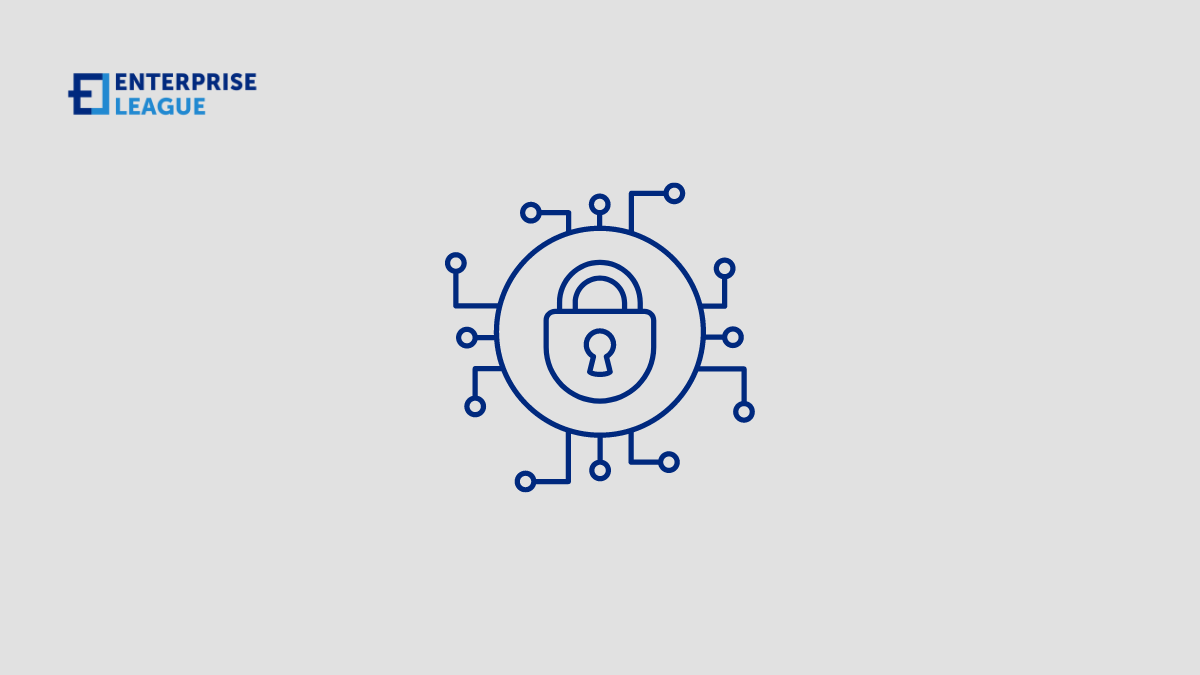In 2022, 422 million people fell victim to data breaches that exposed their sensitive information. Cybersecurity threats are a considerable concern for modern businesses – and can affect physical security too.
So, how are cyber and physical security linked in the modern climate?
Keep reading as we discuss why cyber and physical security convergence is an essential consideration for businesses moving forward.
Improving physical security to protect digital assets
To ensure your digital resources are secure, you must prioritize physical security. Whoever accesses your premises will gain access to your digital assets and sensitive data. Investing in physical security technologies to protect your building is so important.
You must invest in physical security staples to keep unauthorized users out of your building. Opting for cloud-based physical security tools will allow your security team to view security data and manage your physical security tools from anywhere, so cloud-based technologies are becoming the top choice for commercial security.
Here are some of the cloud-based security tools you might consider in your cyber-physical security strategy:
- Access control – access control, or an elevator card reader system for high-rise buildings, secures your premises from unauthorized users. It prevents lockpicking using keycards, fobs, and mobile credentials. You can keep your facility secure from intruders while allowing easy access for employees, and security staff can operate door locks from anywhere using their mobile devices.
- Surveillance – cloud-based surveillance cameras do not require server storage or complex wiring systems, making them straightforward to deploy. Your security staff can view surveillance feeds from anywhere using their mobile devices.
- Alarm systems – you should equip your building with intrusion, broken glass, and gunshot alarms. Fire and carbon monoxide detectors must meet building health and safety regulations. With a sophisticated alarm system, you will not miss any critical security threats or breaches on the premises, even outside working hours.
By equipping your building with sophisticated security technologies that facilitate remote management, you can ensure fast and effective security response for air-tight security. For businesses seeking a reliable installation of these systems, Mammoth Security offers complete solutions in commercial security and surveillance.
Protecting cloud-based physical security data
You must consider cybersecurity if you wish to keep your facility secure when employing cloud-based physical security technologies. When you store your security data in the cloud and access cloud-based control features, you must ensure these resources stay in the right hands.
You must implement cybersecurity software to prevent an unauthorized third party from accessing your cloud-based physical security features. To do this, you can leverage open API integrations with cloud-based tools to integrate cybersecurity protection. This protection will ensure that a third party cannot remotely unlock doors, disable security cameras, or disable alarms – which could result in a colossal security breach.
Improving communication and collaboration
You can merge teams to improve communication and collaboration between your cyber and physical security teams. This way, both teams will have access to all of the security data they need to plan an effective response to security threats that affect both cyber and physical aspects.
Having bought and tested each service for cybersecurity is only the first step. You need to establish clear communication channels and protocols among your security employees to help them catch suspicious activity fast.
Eliminating interdepartmental data silos will ensure that all facets of security are covered in response procedures. And merging teams could result in a decreased workload for each team – resulting in the opportunity for downsizing your security personnel to cut overhead costs.
Implementing total zero trust
Zero trust security strategies prevent internal security breaches – whether caused by a rogue employee or a breached device. In cybersecurity, zero trust ensures that users within the network can only access the resources they need for their daily tasks and nothing further. This means that should their account become compromised, only a limited amount of data will be exposed.
The same principle can apply to your physical security. You cannot guarantee the trustworthiness of every interviewee, contractor, or visitor using your building’s resources. These people should not be able to access the areas in your building that house sensitive data and assets. Instead, they should only gain role-based access credentials that allow them to use shared spaces. Server rooms and asset storage rooms should be sealed to these building users.
Applying cybersecurity principles to your physical security strategy is the best way to ensure that internal security breaches cannot occur from a physical or digital standpoint.
Conclusion
Whether you want to improve cyber or physical security within your business, you can improve both by creating a cyber-physical security strategy. Merging teams will allow more insight into the security threats affecting both facets of your security plan and improve communication. Consider the best practices listed in this post and whether it’s time to restructure your approach to security.
More must-read stories from Enterprise League:
- Inspiring quotes about supporting small businesses.
- Proven and tested psychological tactics for successful marketing.
- The importance of customer-focused strategy for your business.
- Warning signs of a terrible boss that everyone must be aware of.
- How to ask for a deposit in a contract without being awkward or losing a client.
Related Articles
The 9 Best Payment Processing Services for SaaS
Running a software business means handling money from customers who expect things to work smoothly. They sign up, enter their card details, and assume the rest happens without a hitch. On your end, though, payment processing is a whole different story. You need...
Building a U.S. Real Estate Portfolio: Why Beverly Hills Should Be Your First Step
The United States has long been a magnet for real estate investors seeking stable returns and prestige. Among its many luxury markets, one name consistently stands out: Beverly Hills. Known worldwide for its glamour and exclusivity, it represents more than just a...
Top 7 SEO Services for Law Firm Websites
In the legal sector, digital visibility is the primary determinant of case volume. For attorneys, implementing a specialized SEO service for Law Firm website is a fundamental requirement for operational stability. Generalist marketing strategies frequently fail in...
The 9 Best Payment Processing Services for SaaS
Running a software business means handling money from customers who expect things to work smoothly. They sign up, enter their card details, and assume the rest happens without a hitch. On your end, though, payment processing is a whole different story. You need...
Building a U.S. Real Estate Portfolio: Why Beverly Hills Should Be Your First Step
The United States has long been a magnet for real estate investors seeking stable returns and prestige. Among its many luxury markets, one name consistently stands out: Beverly Hills. Known worldwide for its glamour and exclusivity, it represents more than just a...






